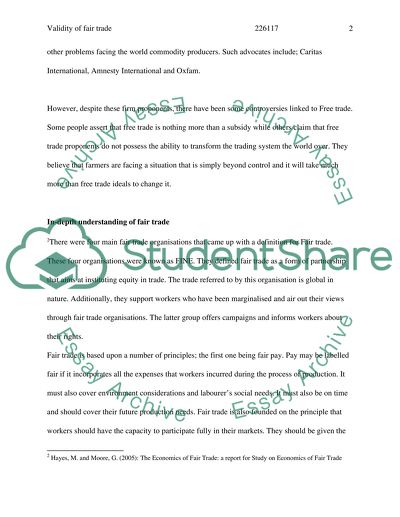Cite this document
(“Is there such a thing as fair trade Essay Example | Topics and Well Written Essays - 4250 words”, n.d.)
Is there such a thing as fair trade Essay Example | Topics and Well Written Essays - 4250 words. Retrieved from https://studentshare.org/miscellaneous/1534466-is-there-such-a-thing-as-fair-trade
Is there such a thing as fair trade Essay Example | Topics and Well Written Essays - 4250 words. Retrieved from https://studentshare.org/miscellaneous/1534466-is-there-such-a-thing-as-fair-trade
(Is There Such a Thing As Fair Trade Essay Example | Topics and Well Written Essays - 4250 Words)
Is There Such a Thing As Fair Trade Essay Example | Topics and Well Written Essays - 4250 Words. https://studentshare.org/miscellaneous/1534466-is-there-such-a-thing-as-fair-trade.
Is There Such a Thing As Fair Trade Essay Example | Topics and Well Written Essays - 4250 Words. https://studentshare.org/miscellaneous/1534466-is-there-such-a-thing-as-fair-trade.
“Is There Such a Thing As Fair Trade Essay Example | Topics and Well Written Essays - 4250 Words”, n.d. https://studentshare.org/miscellaneous/1534466-is-there-such-a-thing-as-fair-trade.


